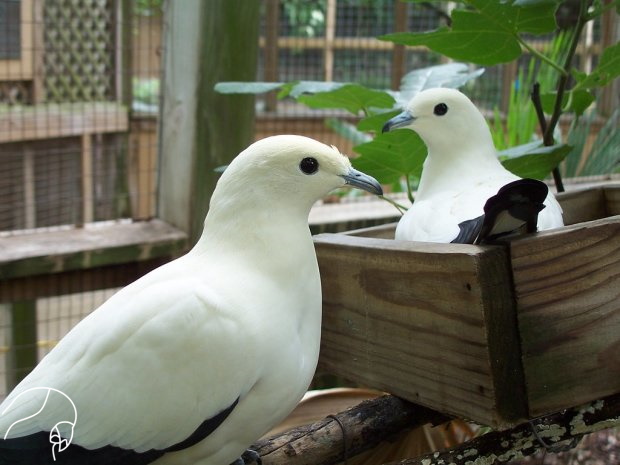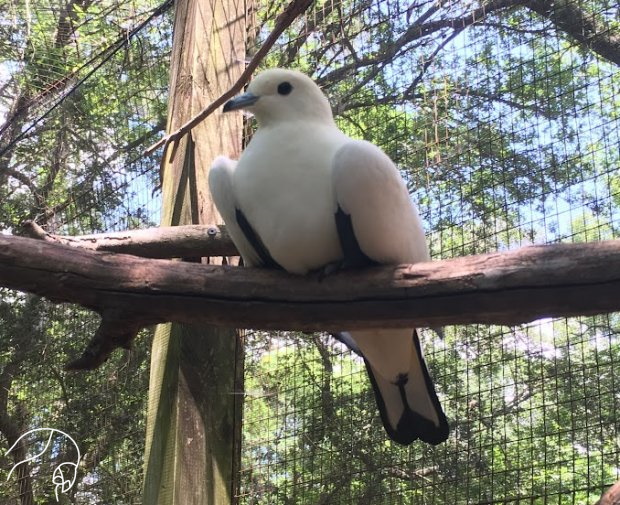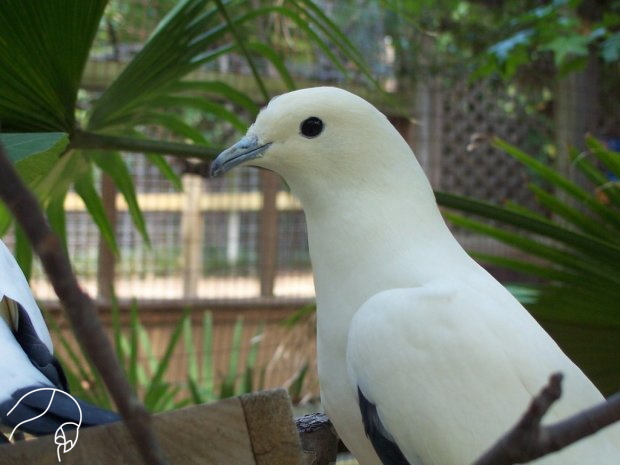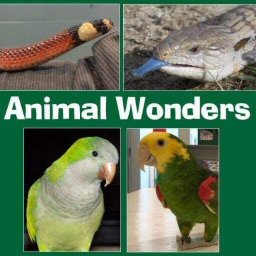Pied Imperial-Pigeon (Ducula bicolor)
The Pied Imperial-Pigeon is a large primarily white, tropical species of pigeon found along the coastal areas of southeast Asia, Indonesia, to New Guinea.





Scientific classification: Kingdom Animalia, Phylum Chordata, Class Aves, Order Columbiformes, Family: Columbidae, Genus: Ducula, Species: Ducula bicolor
Range: Coastal regions of Myanmar, Cambodia, Thailand, through much of Malaysia, Indonesia, and the Philippines
Subspecies: There is ongoing debate regarding Torres Strait or Nutmeg Imperial-Pigeon Ducula spilorrhoaof Australia and New Guinea being a subpecies or a distinct species. It gets even more confusing when including the various subspecies of spilorrhoa found on many islands in Australasia.
Habitat: Breeds in coastal forests, but uses open areas and parks to forage.
Status in Wild: This species has a fairly large range and has adapted to human encroachment within its range, the IUCN lists the Pied Imperial-Pigeon as Least Concern.
Aviculture: The Pied Imperial-Pigeon is a rather large and gentle pigeon that is quite often seen in zoos within mixed-species exhibits and aviaries. Mostly arboreal, they rarely come to ground and keepers often place food and water dishes on elevated platforms. They cannot withstand cold temperatures and require heated quarters during the cold months. Breeding can take place year-round when kept in indoor aviaries or during the spring/summer months when outdoors. Although the female lays just one eggs, they can be quite prolific breeders in captivity. Nests are weak and the birds often make use of baskets or platforms, adding a few twigs or leaves. Incubation is done by both parents for about 25 days. Like all altricial birds, the baby (known as a squab) is totally dependent on its parents until it fledges the nest at about 4 weeks of age, but will still stick by the parents for a few weeks often begging for food (even as mom and dad are prepping the next nest!).
The Pied Imperial-Pigeon's diet in the wild is almost exclusively fruit and this should replicated in captivity. They will also eat softbill pellets and occasionally seeds.
Interesting Facts: In the wild, this species helps forests grow by dispersing undigested fruit seed pits in its droppings.
- Pied Imperial-Pigeon - BirdLife International Factsheet
- Pied Imperial-Pigeon - eBird
- Pied Imperial-Pigeon - iNaturalist
- Pied Imperial-Pigeon - Oiseaux.net
- Pied Imperial-Pigeon - Singapore Birds Project
External Links
The beauty and genius of a work of art may be reconceived, though its first material expression be destroyed; a vanished harmony may yet again inspire the composer, but when the last individual of a race of living things breathes no more, another heaven and another earth must pass before such a one can be again. - William Beebe, 1906
Animal Wonders
We depend on our programs & donations to help fund the care and housing for our animals, most of which are either rescues or surrenders. We seem to be always taking in new animals that need a home or different situation, their care adds up. If you would like to help support Animal Wonders, it would be greatly appreciated. We are always in need of donations, caging material, lumber, crates, aquariums, straw, & newspapers.
Contact
Animal Wonders,LLC
Address : 405 W. 10th St, Holden, MO 64040
E-mail : info@animalwonders.net
Phone : 816-807-4748

